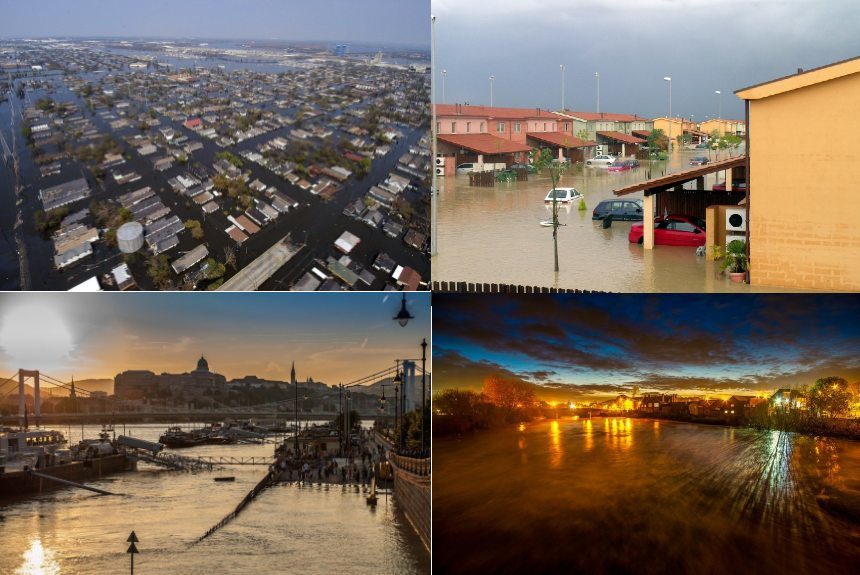Building resilience against natural threats and disasters has become a priority in cities and urban areas. The COVID-19 pandemic has given the world a taste of how a widespread calamity can cause massive losses and disruption in towns and communities.
Extreme events caused by climate change are another threat that countries and cities are facing. Building resilience has become critical in cities to protect residents, infrastructure, and assets against these natural risks and threats.
A paper by Elrasheid Elkhidir and Sandeeka Mannakkara sought to help New Zealand develop resilient cities by partnering with other cities.
The study defines resilience as “the ability to anticipate and resist the effects of a disruptive event, minimise adverse impacts, respond effectively to post-event, maintain or recover functionality, and adapt in a way that allows for learning and thriving.”
The study established factors in selecting suitable partner cities to help cities find their partner city for resilience building, collaboration, and knowledge sharing. The criteria discussed thoroughly in the study are the following:
- the similarity of hazards and impacts
- geographic proximity
- resources and priorities
- resilience performance
- city size and demographics
- previous relationships
- willingness to collaborate with similar industries
According to the study, international frameworks like the Sendai Framework for Disaster Risk Reduction encourage collaboration and sharing of best practices, knowledge and lessons learned between cities to enhance resilience and facilitate national-level local risk reduction programs.
The study also highlights the advantages of intercity collaboration and knowledge sharing. For example, sharing systems, tools, and resources can improve institutional capacities, reduce staff costs, provide access to expertise, align policies and standards, and develop relationships and communication between cities.
The authors selected the seven largest cities in New Zealand, of which five participated in the study. These five cities, Auckland, Christchurch, Wellington, Hamilton, and Tauranga, represented around 50% of the country’s population.
Representatives from each city’s local council, Civil Defence Emergency Management (CDEM), lifeline groups, resilience consultants, and relevant organisations provided information on the city’s resilience practices, prior experience with networks, and preferences for intercity collaboration and resilience-building.
The study’s findings will help governments at various levels, resilience and disaster risk management practitioners, and policymakers seeking national-level intercity collaborations to enhance their cities’ resilience against natural threats and disasters.
To read the entire paper, click the link below.
Source
Elkhidir, E., Mannakkara, S. and Wilkinson, S. (2020), “Criteria for selecting partner cities in a national-level resilience network”, International Journal of Disaster Resilience in the Built Environment, Vol. ahead-of-print No. ahead-of-print. https://doi.org/10.1108/IJDRBE-06-2020-0067



Leave a Reply